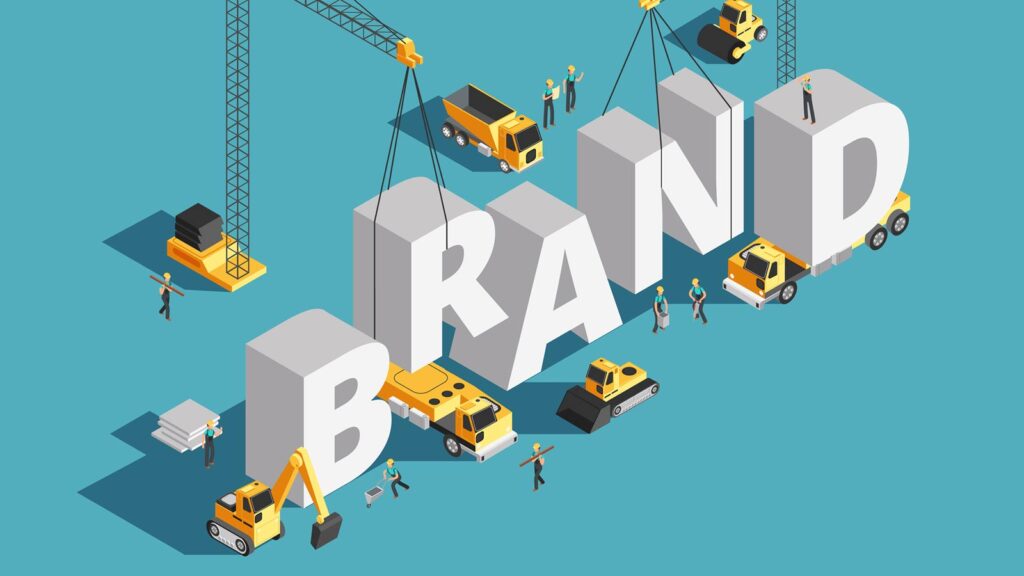
Jamie Dalton | April 19, 2022
The foundation of every great brand is great messaging. A good core messaging framework not only defines who you are as an organization but sets the language and tone for all other communications.
I know what you’re thinking. “That may be true for some organizations, but we’ve been operating just fine without core messaging.”
Just fine is – well, just fine. But wouldn’t you like the chance to do it even better? A good core messaging framework does that for you.
It helps you set your organization apart from your competitors, focus on what makes you unique and special, and why your audiences – regardless of how many unique audiences you have – should pay attention. Perhaps best of all, it gives you consistency – a shared way of speaking about your organization and its value – to ensure lasting impact.
How do you create a core messaging framework?
Good messaging starts with this question: What do you offer your core audiences, and how is it different – and better – than what your competitors have to offer? All other messaging elements spring from here. To build a powerful core messaging framework, make sure your strategy includes these eight things:
1. Audience profiles
If you haven’t done so yet, now may be the time to define your core audiences. Create personas for each, complete with names, demographics, personal information, lifestyle and hobbies, so that your team can get to know them on a deeper level. Who are they? What do they need? Why do they need you? What problems can your product or service solve for them?
If you have multiple audiences (most organizations do), it’s important to differentiate your messaging to each unique audience. You’ll repeat yourself a lot, but the tiny, persona-specific tweaks will be noticed … and appreciated.
2. A value proposition
A value proposition is a clear, provable and measurable statement about what your brand has to offer. Are you more affordable than most? Best service in the industry? Longest-lasting products? Why do your customers choose your product or service over other options? Convey this frequently across public-facing materials … and be ready to back it up.
3. Key messages
Key messages are the main points you need your stakeholders to hear, understand and remember. This can be one page or multiple pages, depending on the size and complexity of your organization.
Key messages are most easily done in layers. Start your messaging with a core message statement. Back that statement up with three to six pillars that help define your uniqueness. From here, you can cascade messages to support each pillar.
For example, if you’re selling a widget and your testing shows it’s the strongest one on the market, strength would be a messaging pillar. You can then back up your overarching strength message with proof points about high-quality materials, longevity and durability testing.
Once key organizational messaging is finalized, additional messaging for separate business divisions, key initiatives or products can be created.
4. An elevator pitch
If you had 30 seconds to sell your organization to someone in an elevator, this is what you’d say. It’s a quick, concise explanation of why your organization matters and what it has to offer, typically delivered verbally during more informal communications.
5. A boilerplate
Often more formal than an elevator pitch, this 50- to 100-word statement summarizes your organization. It can appear on press releases, print collateral, formal written communications and online.
6. FAQs
FAQs are the questions that customers, potential customers, media and other individuals routinely ask about your organization, products and services. This is a place to clear up confusion and differentiate your organization from the competition. FAQs should be developed with the help of front-line personnel, including your sales and customer service teams and PR/media relations staff.
FAQs can – and should – include answers to “only if asked” items: the tough or uncomfortable questions you may be asked as an organization. You may choose to limit the circulation of “only if asked” FAQs to senior staff and spokespersons if they address especially sensitive issues.
7. Voice and tone
Core messaging is not only about what you say – it’s also about how you say it. This is where voice and tone come in. Do you speak about your organization in first person or third person? Are you formal or casual? Fact based or whimsical? Authoritative or passive? Is there room for humor? Voice and tone must be considered upfront and reflected consistently in your messaging.
8. Message socialization
It’s not enough to simply generate a core messaging framework. You must socialize messages within your organization, so that everyone from your CEO to your customer service team knows them and can recite them verbatim if needed.
Email them, post them on your intranet, make them a part of department meetings, and hold “spokesperson trainings” for those who frequently speak on behalf of your organization. Randomly surprise and delight employees who can recite your elevator pitch or your value proposition. The more you repeat your organization’s messaging, the stickier it will become – and the less chance you have of someone going rogue with their comments in a chance encounter with the media, your investors, social media audiences or your most important customer.
Need help getting started on your core messaging framework? Or is it time to refresh outdated messaging? Contact Falls & Co. to learn how we can help.


